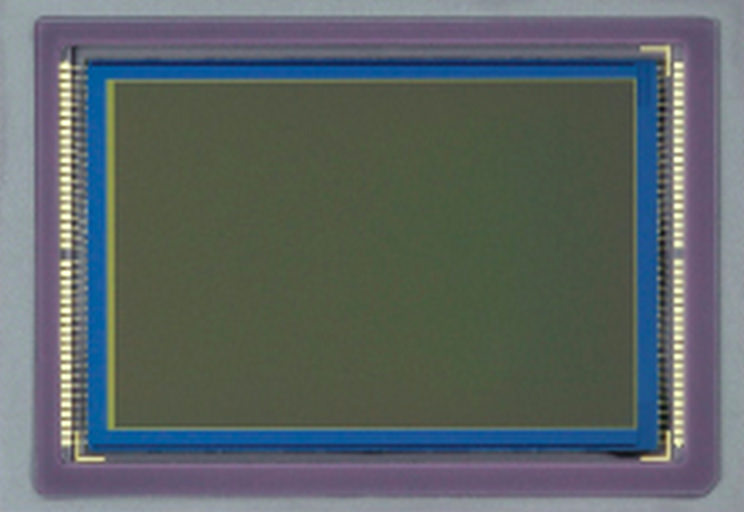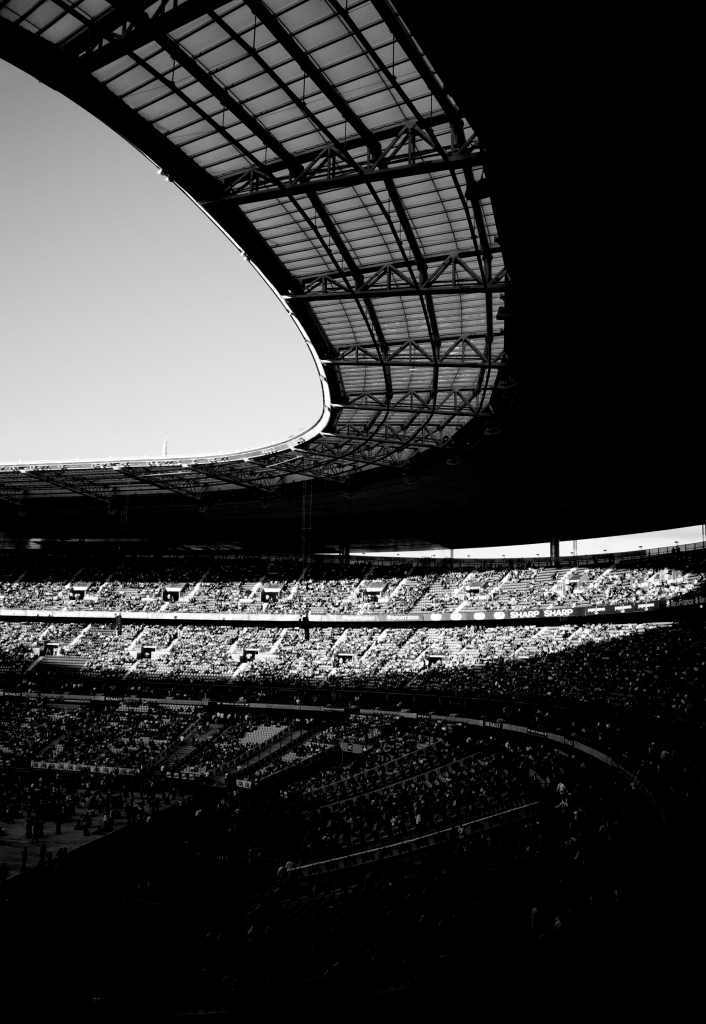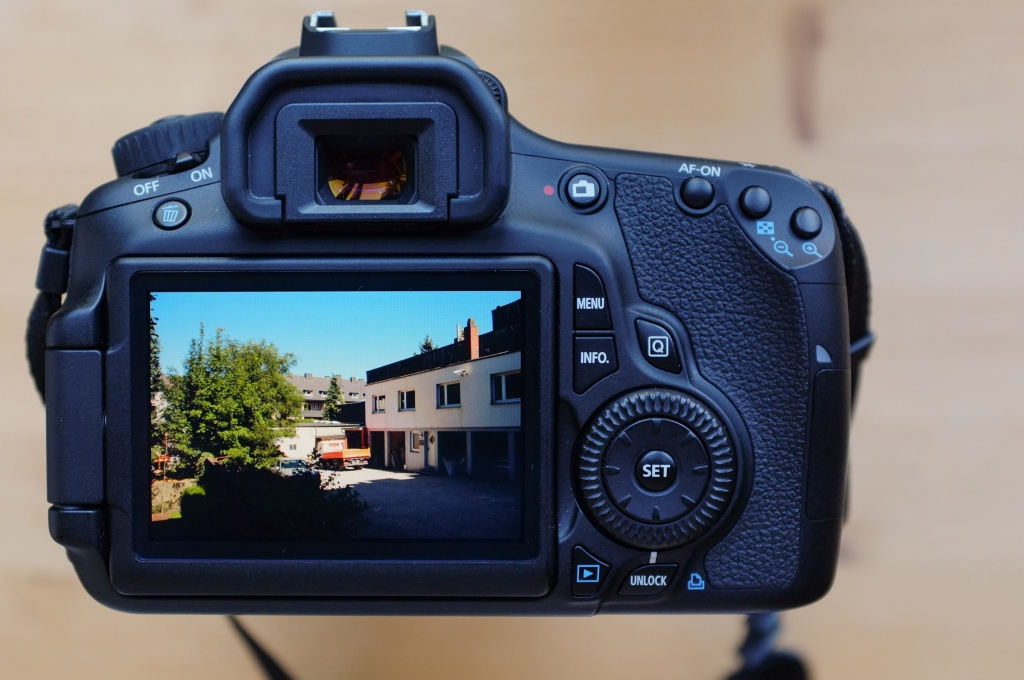Your Guide to DSLR vs Mirrorless
If you’re in the market to buy a new camera, and you’re serious about photography, this post is for you! Today, you are faced with two options when buying a camera. Option 1- a DSLR (digital single-lens reflex), or option 2- a mirrorless camera. You’ll get great photos from both, but they respectively have their pros and cons.
At the end of the day, it’s not about which camera is better than the other. You have to find the one that works with your style and fits your needs. We’re going to try and present the information to you as unbiased as possible.
What is a mirrorless camera?
To begin, we must remember that the original camera was invented without a mirror. Mirrorless cameras today, or compact system camera (CSC) as most people now call it, have many different options in the market today. Some CSCs have interchangeable lenses, some have a single built-in lens, and others offer their own types of image sensors that are suited to more niche markets. But the one thing they all have in common is they don’t have a mirror.

In 2015, it’s hard NOT to own a mirrorless camera. Now, I’m not exactly talking about that point and shoot camera you received as a gift, rather I’m talking about your smartphone. We all carry a mirrorless camera in our pocket. We can see a preview of our image right on the phone. We don’t have to look through a tiny viewfinder. Same thing goes for your point and shoot camera.
Yes, you can do that on a DSLR camera too. If you are using your DSLR in “Live View” mode, you’ll be able to look at the LCD screen in the back of your camera to take your shot instead of looking through the viewfinder. Every wonder that click is when you enter “Live View” mode? That’s the mirror flipping up. When you leave that mode, the mirror will flip down.
What is a DSLR camera?
There’s no confusing what a DSLR looks like. It’s had the same design for many years. There’s a mirror inside the camera body that reflects the light coming in through the lens up to a prism (or additional mirrors) and into the viewfinder for you to preview your photo. When you press the shutter button, the mirror flips up, a shutter opens and the light falls onto the image sensor, which captures the final image.
What does a mirror do?
There’s a mirror inside a DSLR camera. When light enters through the lens and gets bounced off a mirror, through a prism, to end up at the viewfinder so you can preview your shot. The final image happens when you press the shutter button, the mirror flips up; shutter opens and the light falls onto the image sensor.

In a mirrorless camera, light passes through the lens and right onto the image sensor, which captures a preview of the image to display on the rear LCD screen. Some CSCs have an electronic viewfinder (EVF) that you can put your eye to.
Optical vs electronic viewfinders
The first electronic viewfinders weren’t very good. This didn’t sit well with photographers. However, things have improved tremendously over the last couple of years.
Although the contrast and color of the image in an electronic viewfinder usually makes you aware of the fact that you are looking at an electronic image rather than through an optical finder, there’s usually plenty of detail visible to you.
There are definitely some significant advantages to using an electronic viewfinder. For starters, the exposure, color and white balance settings are all taken into account, so you can see the image as it will be captured. However, if you reduce the exposure you will see the image darken. If you select the monochrome mode, you’ll see a black and white image.

There’s another advantage to an electronic viewfinder, which is the image can be magnified. Magnifying the image makes focusing manually much easier.
The biggest downside to using an electronic viewfinder is that even with the image review turned off, there is often a slight lag when shooting continuously. This becomes a major issue if you’re capturing moving objects.
Another big downside for many is that we still prefer being able to see “the real world” through the lens optically. Viewing through an optical viewfinder, on a DLSR, compared to an electronic viewfinder, on a mirrorless camera, allows us to see the events of the world or event in real time. Not to mention that it saves battery power.
Autofocus Speed
The real advantage to a DSLR is their dedicated, very quick, phase detection autofocus sensor. This is sometimes located in the viewfinder housing. This receives light from the lens after it has been reflected from the mirror. In some cases, the light may actually pass through a transparent part of the main mirror before being reflected onto the autofocus sensor by a secondary mirror.

Mirrorless cameras use a system called contrast detection. Contrast detection uses the image sensor, which moves the lens back and forth to find the position in which the image shows the highest contrast, which coincides with the focus.
Contrast detection is a very accurate means of focusing. Though, unlike with phase detection focusing, the camera cannot tell which way the lens needs to be adjusted or by how far to get into focus. So naturally, this can slow things down.
Remember when we mentioned “Live View” above? Most DSLRs can use contrast detection when they are in “Live View” mode. It’s also possible to use the phase detection system, but the “Live View” feed is interrupted while the focusing takes place since the mirror has to drop back into position in front of the imaging sensor.

In conclusion, CSCs have the advantage of being lighter, and more compact. Being compact does come at the cost of fewer lenses and accessories. DSLRs have the advantage in lens selection and an optical viewfinder that works better in low light, but they are bulkier.
At the end of the day, it’s all about you! If you find a camera that you like, and it fits your needs, then it really doesn’t matter whether it’s a DSLR or CSC. If the camera takes the pictures you want to take, then it’s probably the right camera for you. Go with your gut.

Have you tried JPEGmini yet? What are you waiting for? Click here for a FREE download!


2 Comments
I have experienced with CSC and also DSLR. Don’t know why? Fill good with DSLR and I also believe that “it’s all about you!”
Extremely helpful guide indeed. Thanks for sharing with us.